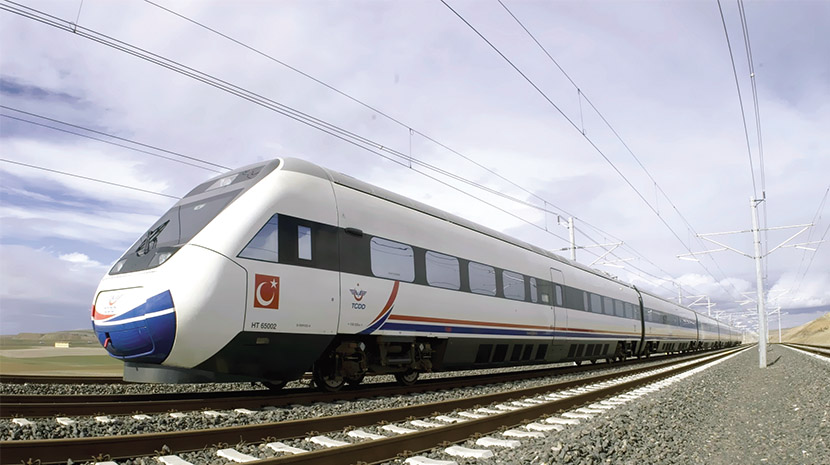High density cross linked products are suitable for temperatures above 250 of 121 oc.
Epoxy vinyl ester resin chemical resistance.
Derakane and derakane momentum 411 resinsare the globally recognized standard for epoxy vinyl ester resins.
They are based on bisphenol a epoxy resin and they provide resistance to a wide range of acids alkalis bleaches and solvents for use in many chemical processing applications.
Epoxy polyepoxide is an epoxide polymer that cures when mixed with a catalyzing agent or hardener.
It is common to increase the strength of epoxy with fibrous reinforcement or mineral fillers.
Their unique combination of high hdt and elongation makes them resins of choice for applications with thermal cycling e g for chemical reaction vessels.
Standard epoxy vinyl ester resins are limited to 220 250 of 104 121 oc in most applications.
Reactivity vinyl ester resin that offers a high degree of chemical resistance and toughness.
It offers high resistance from solvents acids and oxidizing substances including chlorine.
Polives 721 epoxy novolac based vinyl ester resins are.
Epoxy vinyl ester resins also find uses in coatings particulalry for the marine building and construction industries due to their excellent corrosion and weathering resistance.
It offers improved thermodynamic resistance over polyester alongside a broader range of resistance to aggressive corrosives.
Extremely chemically resistant finishes.
Polives 721 epoxy novolac based vinyl ester resins are designed to provide exceptional thermal and chemical resistance.
Their unique combination of high hdt and elongation makes them resins of choice for applications with thermal cycling e g for chemical reaction vessels.
Vinyl ester resins offer in general excellent resistance to acids alkalis hypochlorites and many solvents.
They offer excellent toughness and fatigue resistance.
References and notes in some cases conventional solvents such as xylenes are also used.
Epoxies can be converted to vinyl ester resin through esterification with acidic catalysts creating an intermediate product with mechanical strengths lower than that of epoxy resins but greater than polyester.
It s high retention of strength and toughness at higher temperatures makes it ideal for flue gas applications.
It is a resin used when both chemical resistance and flame retardancy are required.

